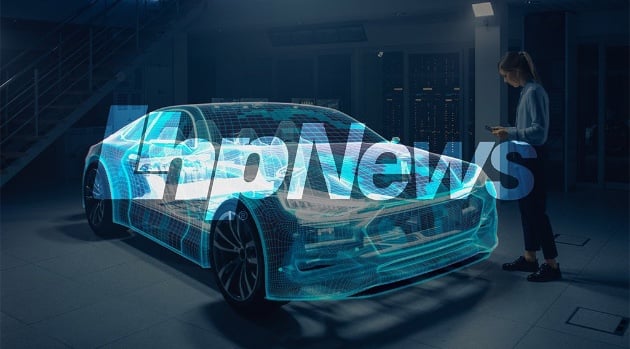
Originally published by Jama Software on June 06, 2019, by McKenzie Jonsson - See Original Publication

In today’s competitive market, automobile makers are racing to define the future of transportation. Given the complexity of modern, connected automobiles, it’s imperative that vehicle safety is adequately accounted for in the product development process.
Plus, as vehicles become more complex — e.g. autonomous driving and connected systems — so too are the standards for emissions, fuel economy, functional safety, cybersecurity, and system designs.
That’s why we’ve partnered with LHP Engineering Solutions (LHP) to ensure our visionary clients comply with all relevant functional safety and cybersecurity standards — like ISO 26262 and SAE J3061 — by seamlessly integrating compliance into the product development process.
Founded in 2001 with the mission to make safer products, LHP provides a variety of engineering services and products to assist customers in speeding up their product development cycles and solving product design and testing issues.
We recently spoke with the LHP team to talk about modern challenges in complex product development, and how this new partnership between LHP and Jama Software can help. Let’s dive into what customers can gain from this partnership.
LHP: The next generation of automobiles are increasingly incorporating modern electronic technologies, from on-board diagnostics to engine controllers to infotainment systems to driver assist systems. As technology advances, the trend is to partially or fully automate vehicles. While some new features are entertainment- and convenience-based, the trend for autonomous vehicles is, to a large extent, functional safety related. The end goal is to reduce the number of deaths on public roadways by providing vehicles with the ability to recognize and avoid hazards or security threats.
Safety and security are the two biggest barriers to innovation, and we’re helping companies overcome those barriers. The biggest reason why we don’t see self-driving cars everywhere is because before that happens, we must prove that they’re not going to harm people, that they’re safe, and that the software can’t be compromised and used for unintended purposes.
LHP: Compliance to ISO 26262 and SAE J3061 involves a change in culture that is difficult for established product development teams to implement. Part of this change means looking at the product(s) being developed differently. Another part is a change in infrastructure to better control the product development lifecycle and the development artifacts.
LHP: ISO 26262 complements good systems engineering practices by requiring that hardware and software safety concerns be addressed and documented in a systematic way throughout the product development lifecycle. In the past, safety design was considered part of general requirements activity. But merely identifying and tracing requirements in the software and hardware designs is not enough. The common practice of hardware and software teams working in silos will not guarantee the level of safety coverage required by ISO 26262.
Part of LHP's offering is development of data, infrastructure consultation, and process optimization. Now, thanks to our partnership with the Jama team, we can implement proper functional safety workflows in Jama Connect, with templates to facilitate the creation of data. Additionally, Jama Software customers in the automotive industry who have questions and concerns about how to use Jama Connect to support a safety lifecycle can tap into LHP's extensive knowledge and experience in functional safety and ISO 26262.
In order to demonstrate compliance with ISO 26262, you must have the ability to manage safety requirements, including traceability. Typically, our respective customers would need to address functional safety and requirements management separately. Working together, LHP and Jama Software can address both sets of concerns in concert.
LHP: What makes us better and unique compared to many other organizations is our wealth of knowledge. Our Functional Safety team actually came out of the aerospace industry with multiple decades of experience implementing safety-critical systems. The experience that they bring with them has time and time again proven to make us stand above the rest.
Just like Jama, LHP excels at custom integrations and tailoring flexible solutions for our customers. At LHP, we consult on and implement the latest automotive industry practices to ensure vehicle systems are safe, reliable, and secure. Customers come to LHP for our deep knowledge in embedded controls, integration support, and overall implementation of functional safety and cybersecurity processes.
Proving compliance with functional safety and cybersecurity standards like ISO 26262 and SAE J3061 requires a harmonious balance of processes, people, and tools. Together with LHP Engineering Solutions, Jama Software is helping automotive companies safely and confidently bring the future of transportation to market.